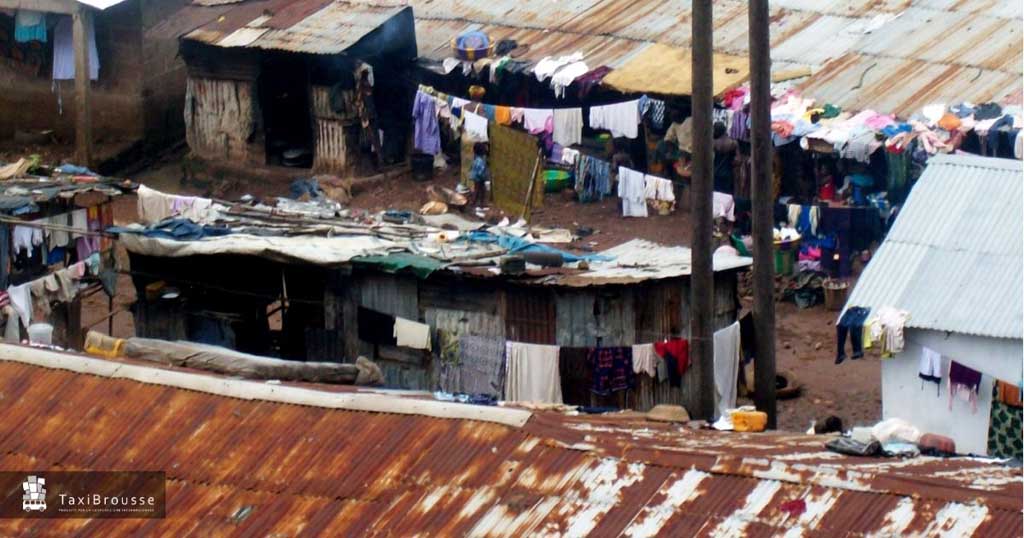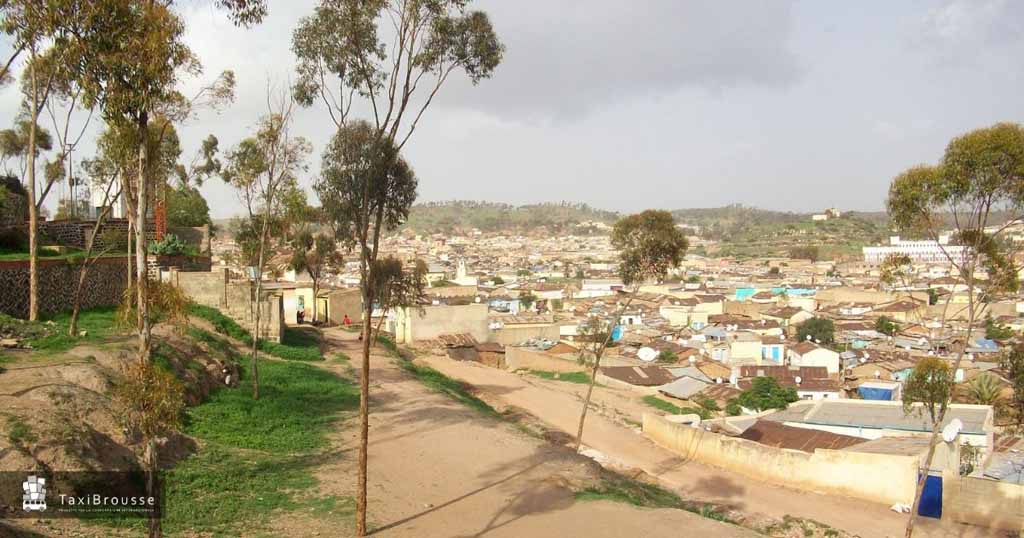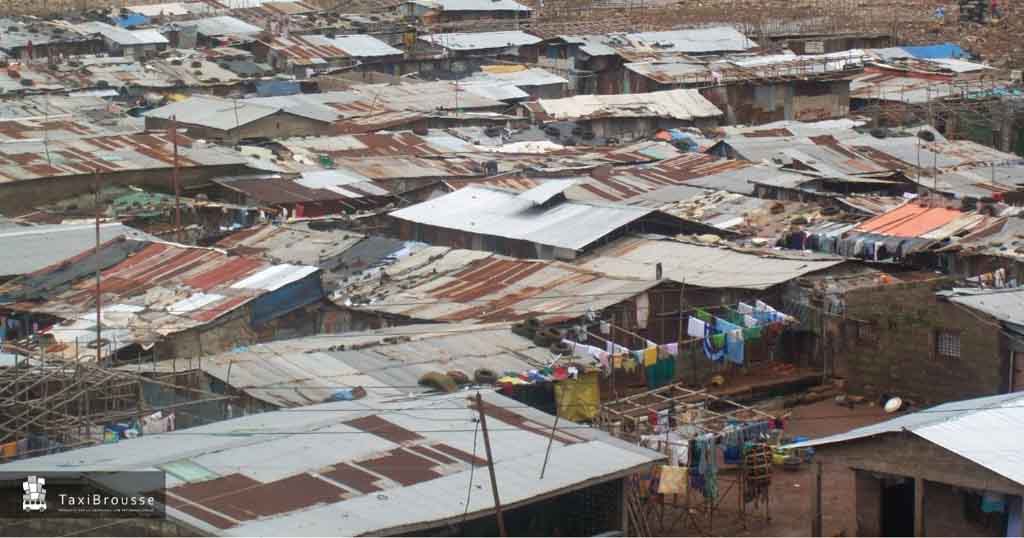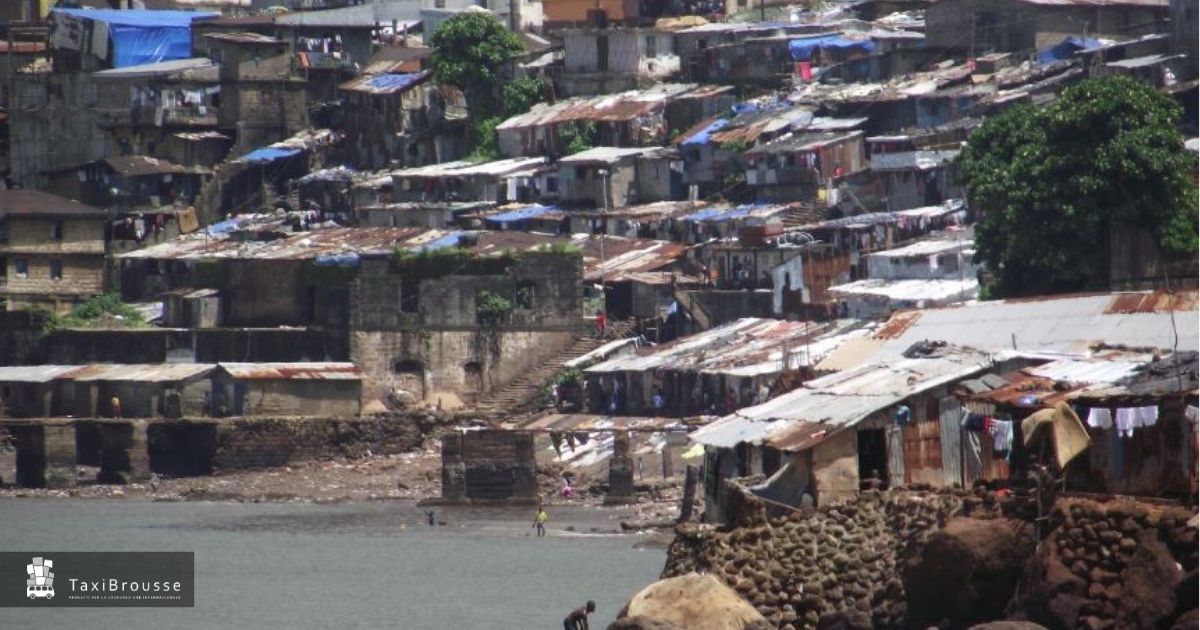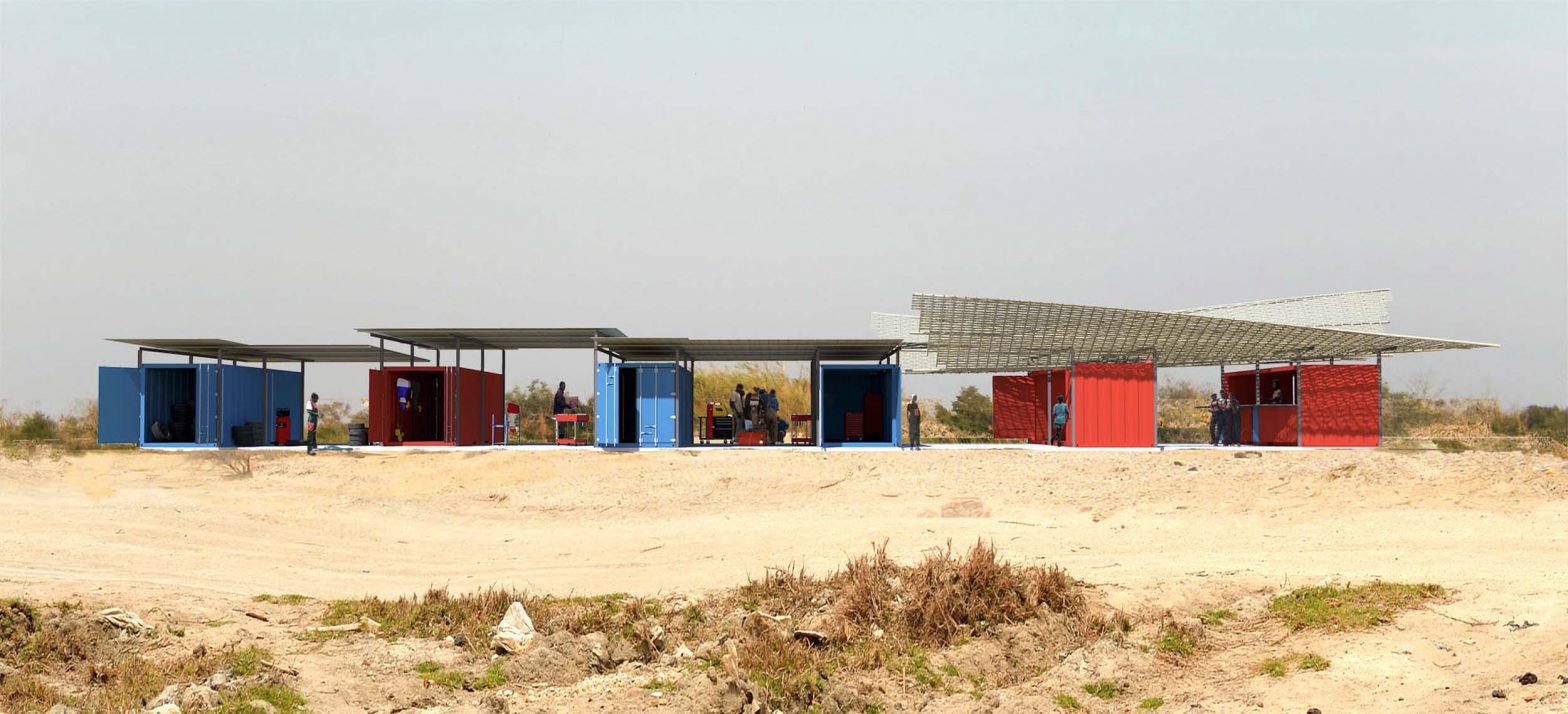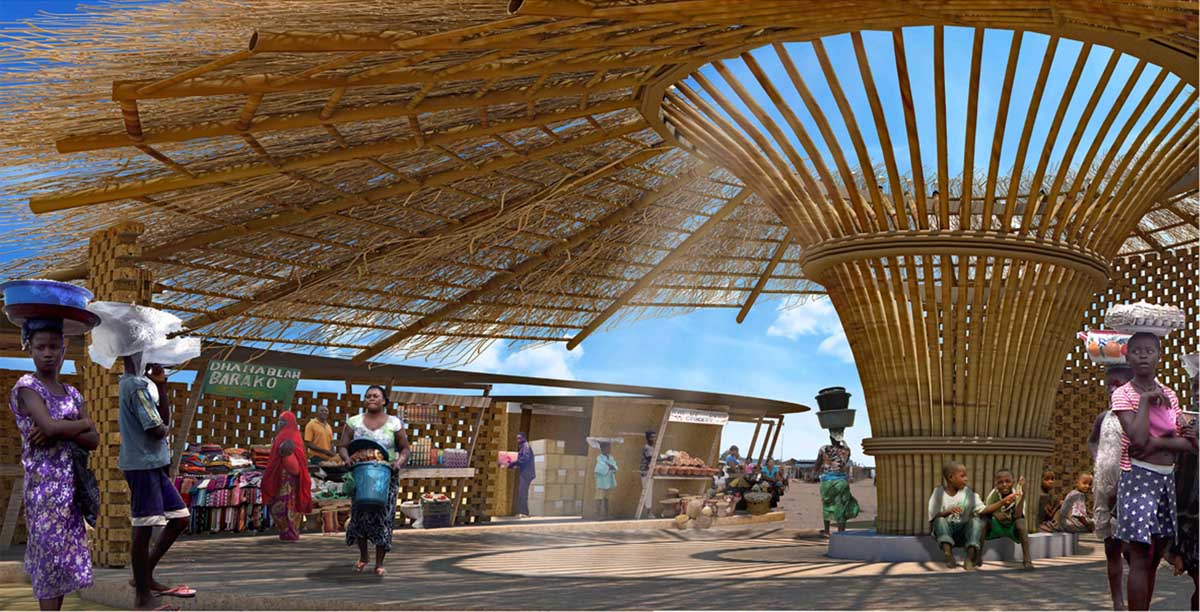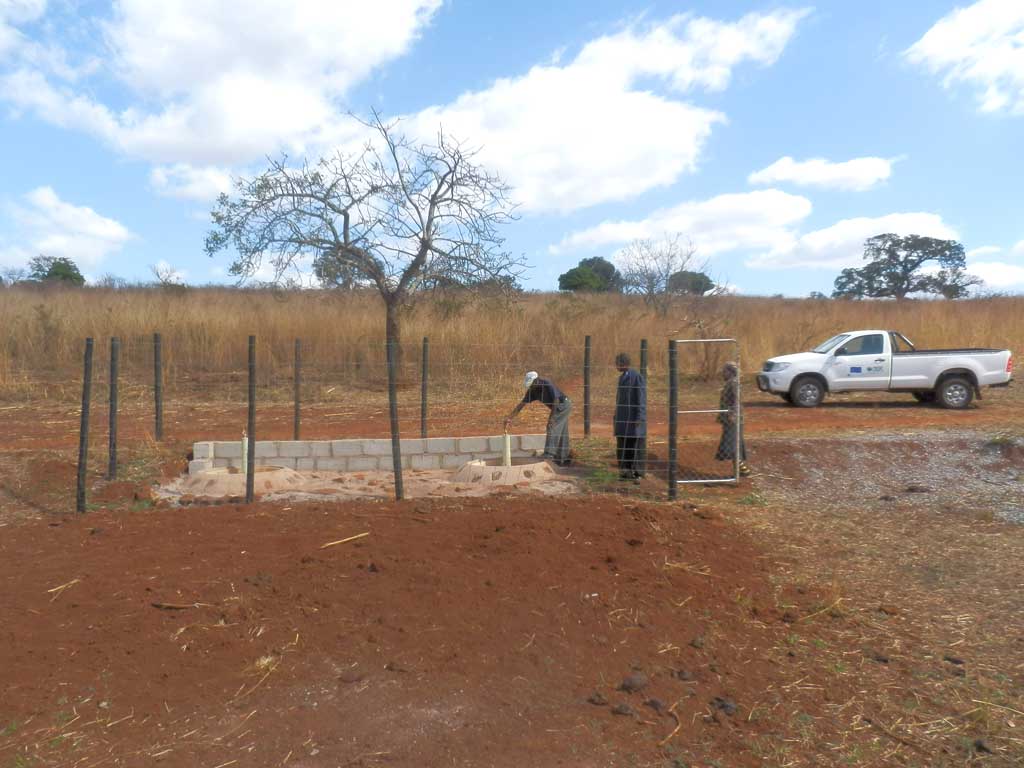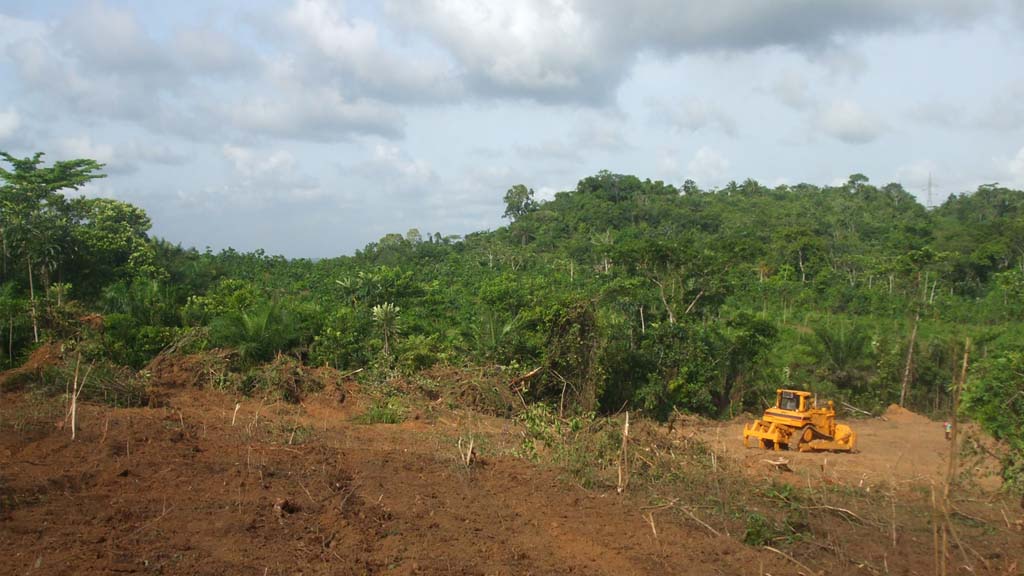May discrimination and urban exclusion pass through words and language? How many terms, at first sight neutral, are discriminatory? Everyone has heard about favelas, a term born in Brazil and entered, like the French word bidonville, in the common language in every part of the world to indicate a shanty town. The origin of the …
Continue reading “Slums, bidonvilles or favelas? Words and urban exclusion”

